Climate change and Arctic development plans have unlocked new opportunities for northern urban centres. Sustainable urban development cannot be achieved without addressing the five underlying trends.
Not all factors driving transformations in the cities of Russia’s Far North are considered positive. General director of Platforma Social Design Center Aleksey Firsov explains how to tackle these factors to create zones of attraction.
1. Aiming for compactness
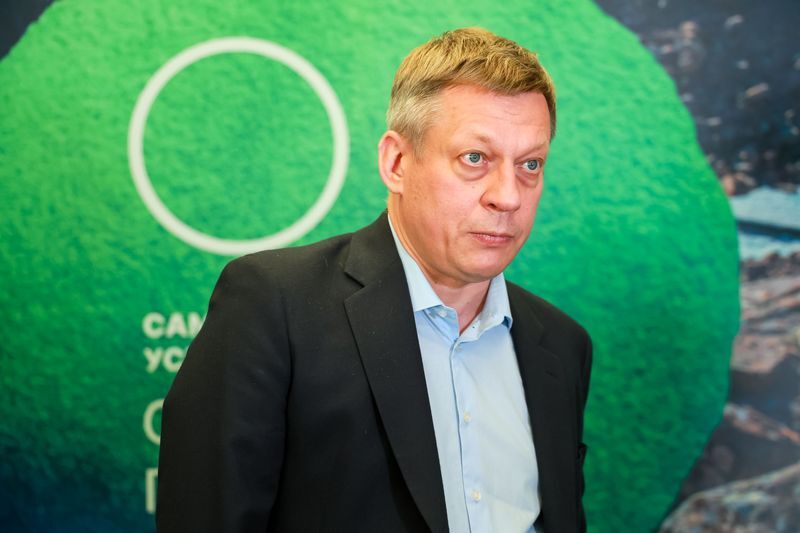
Sustainable development begins with a modern northern city model that builds upon the potential economic capacity to address population dynamics, and the services and functions needed for optimal wellbeing. While a small population causes problems, overpopulation also brings negative impacts as it creates social pressure on infrastructure and the labor market.
ALEKSEY FIRSOV:
“We need to be ok with cities growing and shrinking like living organisms that depend on the resources around them. In some territories, the resources to sustain the daily life and activities of the urban population are declining. In addition, technologies are being developed that replace workforces at the core enterprises of those cities.
It is important that population density is controlled. It is necessary to strategically manage population and migration while considering the people’s interests to the maximum extent possible.”
2. Building upon your own advantages instead of trying to keep up
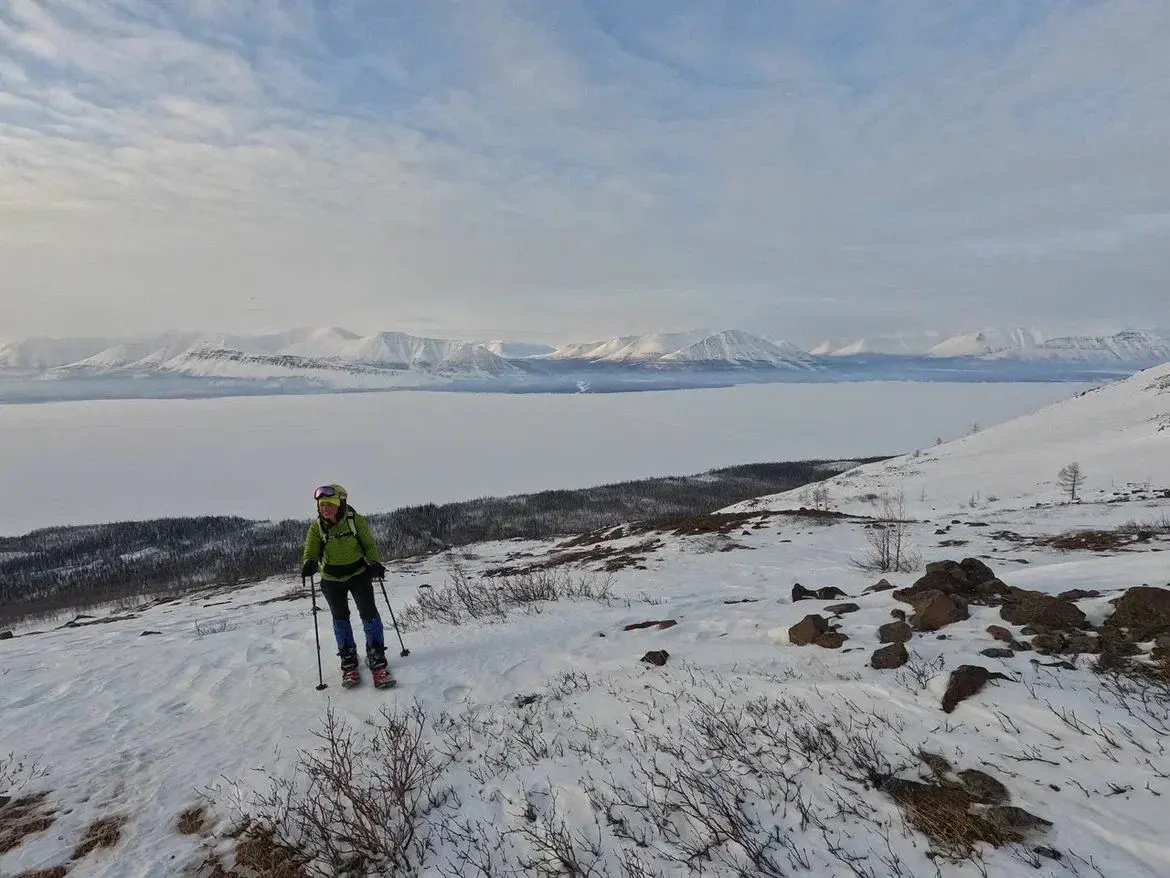
We used to think that northern cities needed to bridge the gap with large cities located in better climate zones. This strategy doesn’t work. A city in the Arctic will never be able to compete with Krasnodar, Kazan or Nizhny Novgorod, not to mention Moscow or St. Petersburg.
Cities do not stand still, they evolve. With more abundant resources, convenient logistics, and mature infrastructure, large cities do this much faster, and consequently attract their workforces from all over Russia.
A northern city needs to define its special features to shape a unique proposition. For example, professional and career growth, a chance to build a strong character or unique natural environment.
The community support resources must satisfy the basic needs of an individual, and the key message should read: “Indeed, there is no Bolshoi Theatre, Central Department Store, or Hermitage here, but it is a place to earn a living in a megacity, get an excellent qualification, raise your value on the job market and live an unequaled experience.”
Cities do not stand still, they evolve. With more abundant resources, convenient logistics, and mature infrastructure, large cities do this much faster, and consequently attract their workforces from all over Russia.
A northern city needs to define its special features to shape a unique proposition. For example, professional and career growth, a chance to build a strong character or unique natural environment.
The community support resources must satisfy the basic needs of an individual, and the key message should read: “Indeed, there is no Bolshoi Theatre, Central Department Store, or Hermitage here, but it is a place to earn a living in a megacity, get an excellent qualification, raise your value on the job market and live an unequaled experience.”
ALEKSEY FIRSOV:
“People continue to romanticize tourism in the Arctic. Yes, the nature here is unique, but there are many comparable locations in the world, and we need to compete. Tourism in the North will always remain a niche route. Don’t count on the wealthy alone to travel to these unique locations.
It would be more effective to develop tourism routes for the locals making it comfortable for them go out for picnics in the countryside on weekends. Industrial tourism in the cities themselves is also interesting, both for the locals and visitors.”
3. Five-Year Cycle City
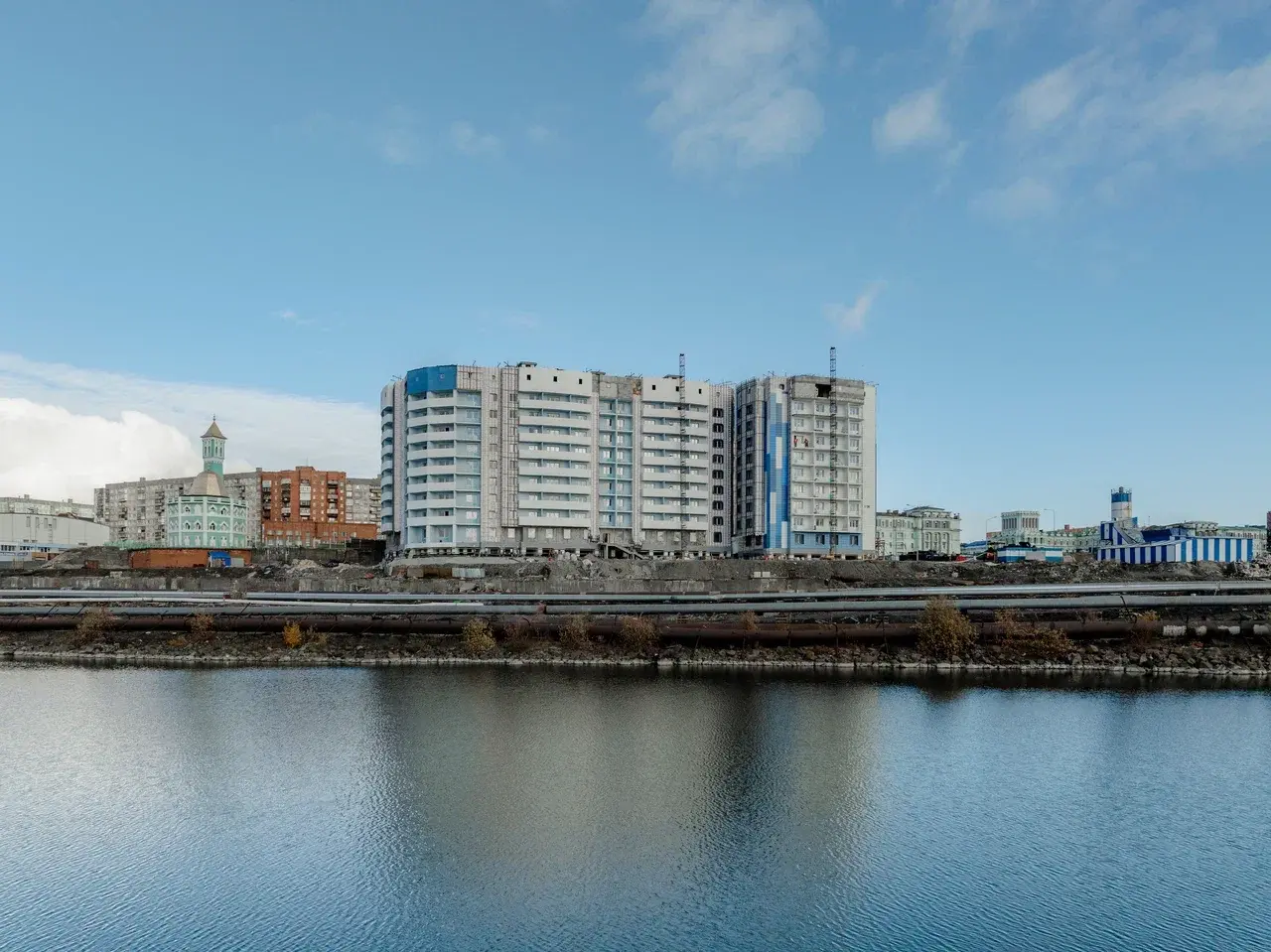
We need to rethink the concept of a northern city that is neither a rotational camp nor a full-cycle city in Central Russia where a person lives his entire life. Although the older generation will continue to stick to this concept.
For young people, we need to create cities with career tracks. People often come to the North for five years. During this time, they gain professional experience and then move back to a better climate.
Accordingly, urban design must be different as well. Active people need cultural leisure activities, sports, balanced development and, of course, modern housing. In most cities, the housing stock is very old. In Norilsk, for example, housing construction began quite recently after the Development Agency had been set up and Nornickel got involved.
A northern city should have a sizable segment of social housing. A person would rent it for a certain period of time for a moderate, non-speculative fee. In every modern apartment building, the ground floors are occupied by clubs, children’s studios, cafes and shops. This way, leisure activities are accessible for young active people within walking distance.
For young people, we need to create cities with career tracks. People often come to the North for five years. During this time, they gain professional experience and then move back to a better climate.
Accordingly, urban design must be different as well. Active people need cultural leisure activities, sports, balanced development and, of course, modern housing. In most cities, the housing stock is very old. In Norilsk, for example, housing construction began quite recently after the Development Agency had been set up and Nornickel got involved.
A northern city should have a sizable segment of social housing. A person would rent it for a certain period of time for a moderate, non-speculative fee. In every modern apartment building, the ground floors are occupied by clubs, children’s studios, cafes and shops. This way, leisure activities are accessible for young active people within walking distance.
4. A single space for the city and the enterprise
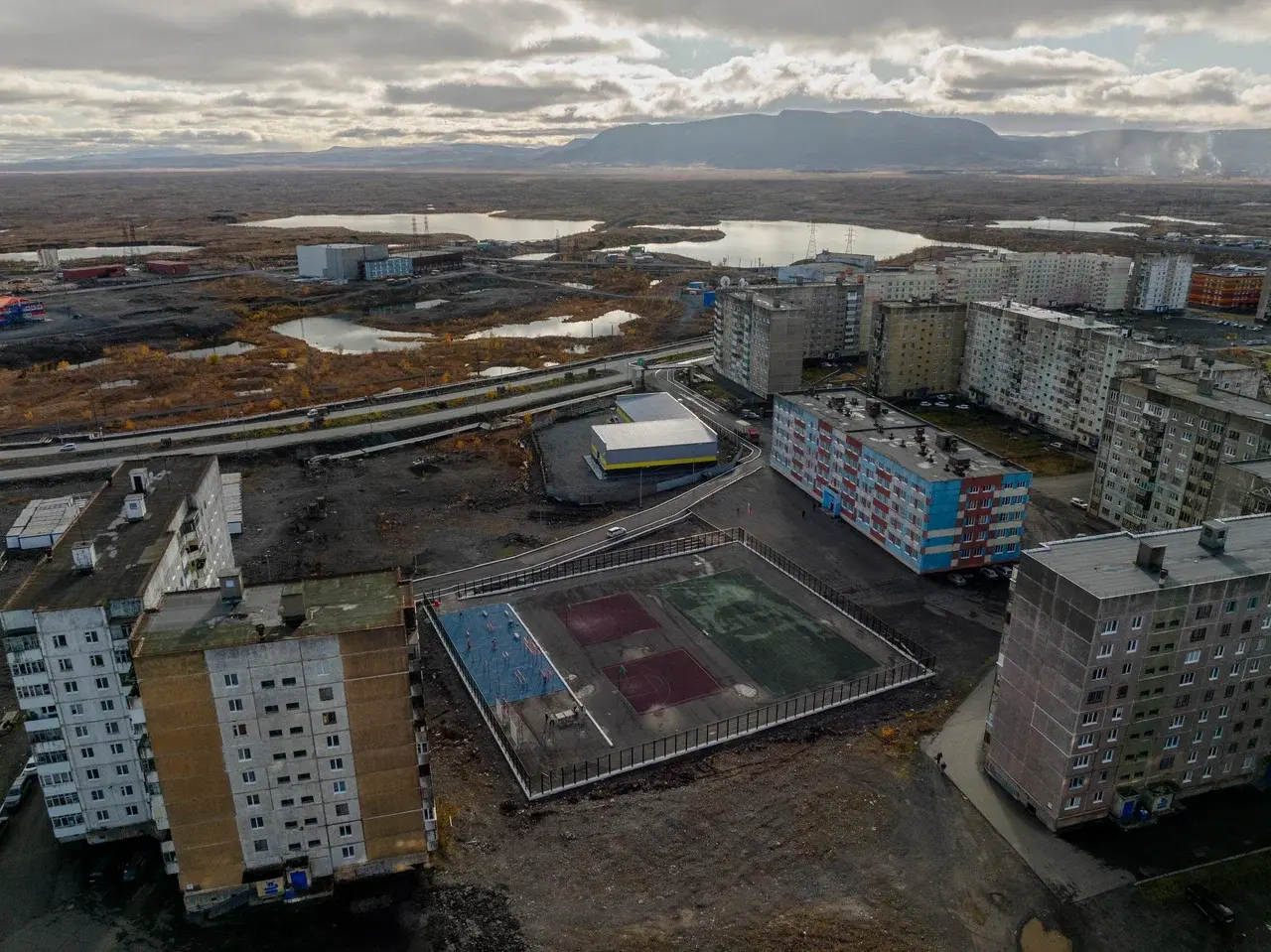
The times when northern cities were servicing an enterprise are now passing. If a city is perceived as a service environment, it will develop on a residual basis.
It is important to cultivate two approaches here:
Right now, there is an imbalance. The city-forming enterprise attracts workers from the local service economy as salaries in manufacturing are much higher. Plus, it is less costly to hire locally, rather than bring in a workforce from distant locations.
People leave small businesses and government-funded organizations and these begin to face a massive shortage of labor, despite solvent demand for their services and the need to provide service to the people. As a result, small businesses close, and factory workers seek to move to a larger city because, for instance, their wives “can’t live without proper manicures”.
It is important to cultivate two approaches here:
- a single space with two cores, production and community;
- the city as a key asset in the competition for workforce.
Right now, there is an imbalance. The city-forming enterprise attracts workers from the local service economy as salaries in manufacturing are much higher. Plus, it is less costly to hire locally, rather than bring in a workforce from distant locations.
People leave small businesses and government-funded organizations and these begin to face a massive shortage of labor, despite solvent demand for their services and the need to provide service to the people. As a result, small businesses close, and factory workers seek to move to a larger city because, for instance, their wives “can’t live without proper manicures”.
ALEKSEY FIRSOV:
“The balance between public and business interests is one of the sustainability challenges. A big enterprise should not perceive the city as something external behind the factory walls, or a donor. This is a single space. A factory worker is also a city resident.
Targeted investments cannot address all the issues. And splitting areas of responsibility between the business and local government is a bad idea, too.
The enterprise should be the driving force for small and medium businesses, as exemplified by Nornickel and Norilsk Development Agency who run a grant system and special programs.”
5. A city as a space station
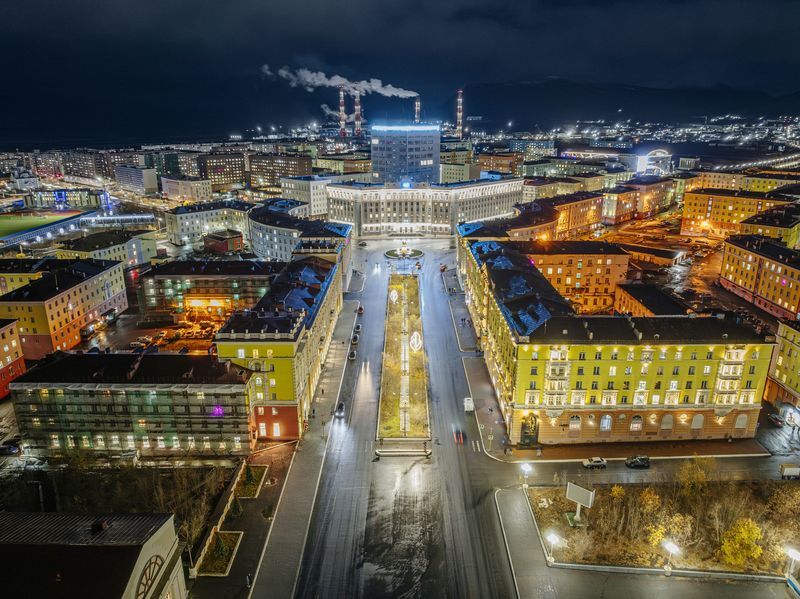
Let’s try and visualize how, long into the future, northern cities will look like space stations from Sci-Fi movies. State-of-the-art, comfortable, and small items around. Yet people understand that sooner or later they will return back to Earth.
Unlike space stations, northern cities are seamlessly integrated with the ecosystem. People can easily drive out for a picnic as no strict boundaries exist. Modern technology has to the furthest extent narrowed the gap from the mainland. Distance learning, for instance, comes in handy amid a shortage of qualified academic staff.
In the Arctic, as well as on a spaceship, people feel that they are on a special mission, bringing benefits to humanity. And emphasis should be placed on this advantage.
Unlike space stations, northern cities are seamlessly integrated with the ecosystem. People can easily drive out for a picnic as no strict boundaries exist. Modern technology has to the furthest extent narrowed the gap from the mainland. Distance learning, for instance, comes in handy amid a shortage of qualified academic staff.
In the Arctic, as well as on a spaceship, people feel that they are on a special mission, bringing benefits to humanity. And emphasis should be placed on this advantage.
ALEKSEY FIRSOV:
“Northern cities have a symbolic value and create a material basis of civilization. People who live here are believed to have a special temperament and drive the economy of vast Russian and global territories.”
Photos by Nornickel
March, 2025
March, 2025











